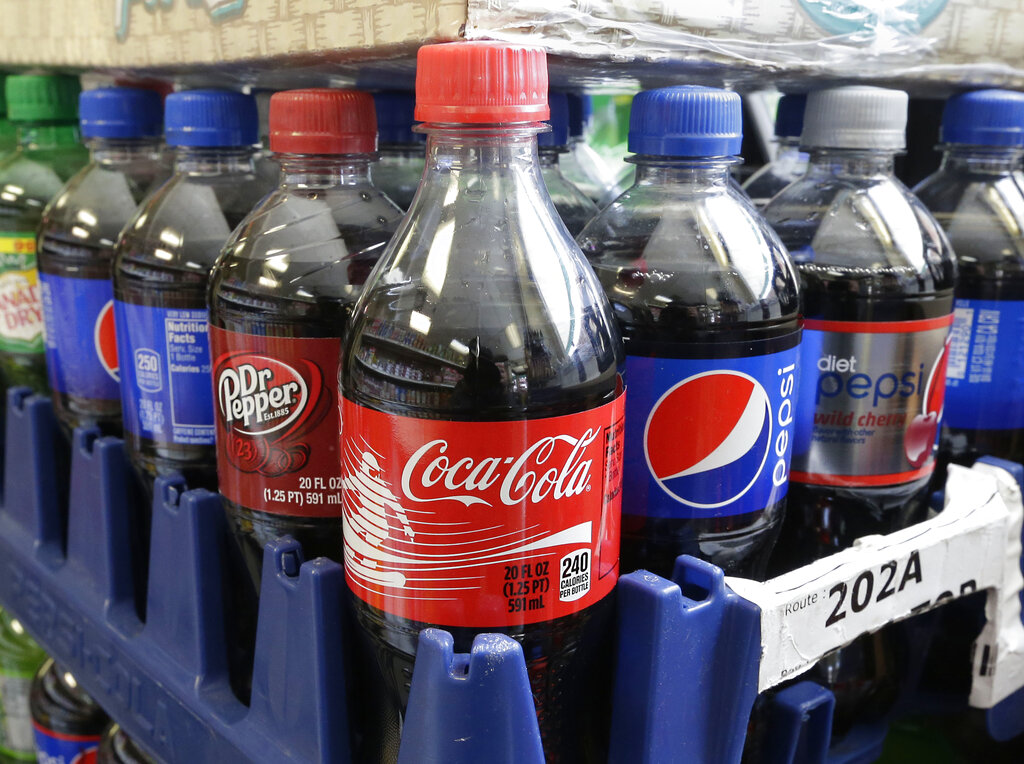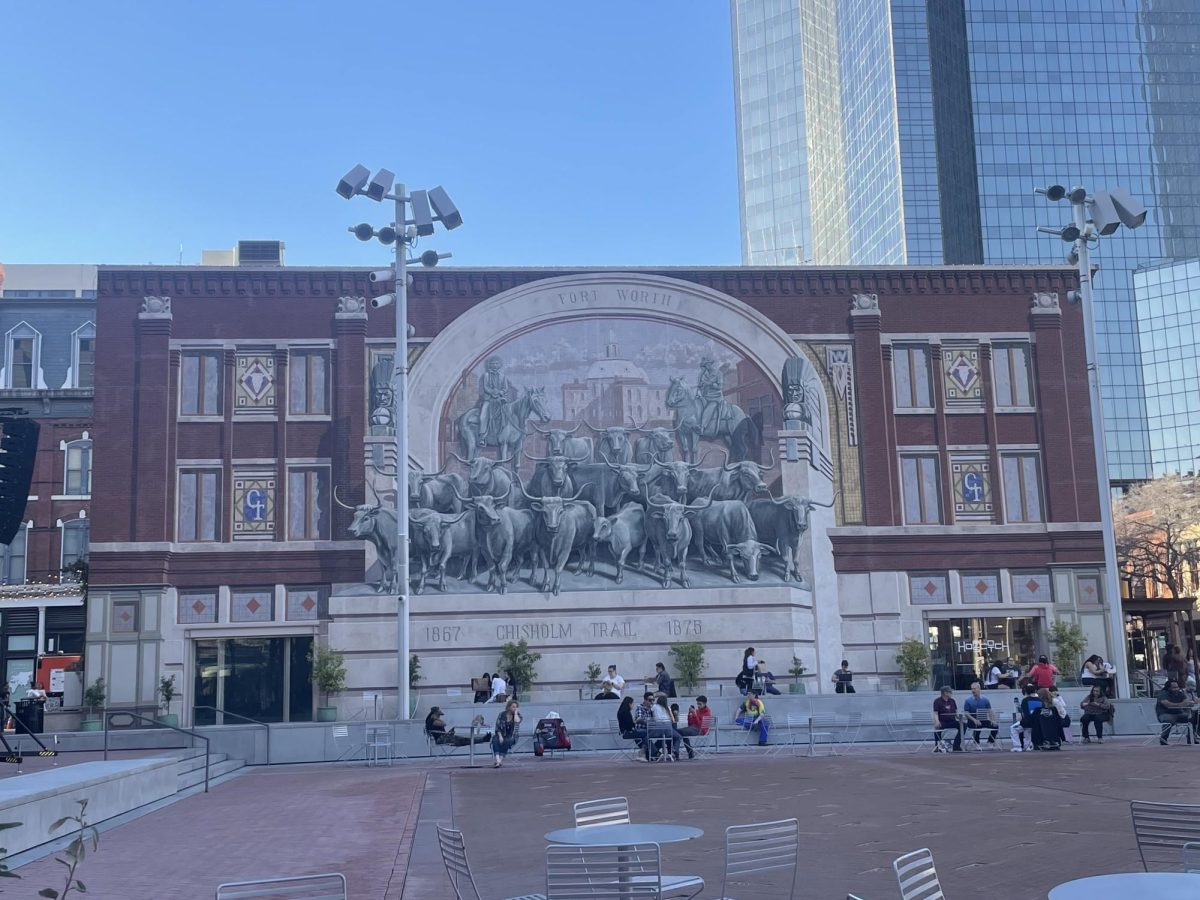New measures are being introduced to limit wrong-way driving accidents.
According to data from the Texas Department of Transportation, the number of wrong-way crashes in Texas jumped 14 percent in 2014. In North Texas alone there have been 50 deaths and more than 700 injuries attributed to wrong-way crashes since 2011.
Several organizations are working together to combat this.
TxDOT commissioned and funded a study by the Texas A&M Transportation Institute to examine ways to reduce wrong-way crashes. The results are being used to develop pilot programs of countermeasures for North Texas.
The countermeasures include a combination of:
- Reflective pavement arrows.
- Red reflective tape on “Do Not Enter” sign posts.
- Simplified pavement marking at diamond interchanges.
- LED warning signs with radar detection.
- Lowered wrong way signs.
Val Lopez, public information officer for TxDOT said the primary focus of the project is highway interchanges. This could include the I-20 corridor and the 820 loop.
Lopez said the highway interchanges present a greater threat because cars are driving faster and there is limited space for other cars to avoid head-on collisions. In Tarrant County, around 170 locations will see improved measures over the next year, he said.
The North Central Texas Council of Governments set aside about $620,000 to implement these measures in Fort Worth, according to Senior Program Manager Natalie Bettger.
Bettger said the majority of that funding comes from regional toll revenue.
Though highways are the primary focus, residential areas and other parts of Fort Worth could see the installment of countermeasures in the future.
“Just because an area isn’t included in this program doesn’t mean it won’t see these in the future. This is an experiment to see what works best,” Lopez said.
Residents living near one way streets say they can be problematic.
“We definitely hear car horns and occasionally see cars going the wrong way,” said Corey Nix, who lives along a one-way section of McCart Avenue.
“I drove the wrong way by accident once when we first moved in and I had no idea it was one-way,” Nix said.
Cassie Cecil, who also lives near McCart Avenue, said she has seen people driving the wrong way on McCart.
“I see it usually on my way home from school when I am crossing McCart to either Forest Park or my parking lot,” she said.
Lopez said many wrong-way accidents involve intoxicated drivers.
Scott Cooner, a researcher at the Texas A&M Transportation Institute who worked on the project said intoxicated drivers are more likely to see lower signs.
“[Intoxicated drivers] are not looking to the left or right or scanning up and down. They’re basically looking right over the hood at the pavement right in front of them,” he said.
In one experiment conducted by TTI, volunteers were given alcohol under police supervision and their ability to drive was examined on a test track. Their eye movements were measured by computer software.
Lopez said he is excited about the project.
“This project is unique because we are the first in Texas to combine several measures,” he said.
Implementation for the measures is scheduled to begin for most of Fort Worth in Spring- 2016.
Test your knowledge about wrong-way driving by taking this quiz.



